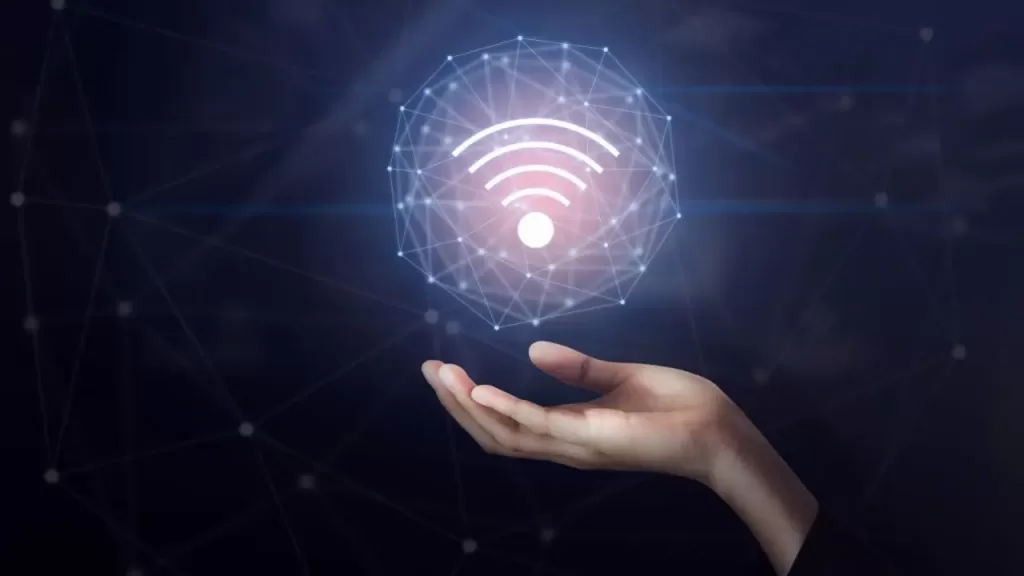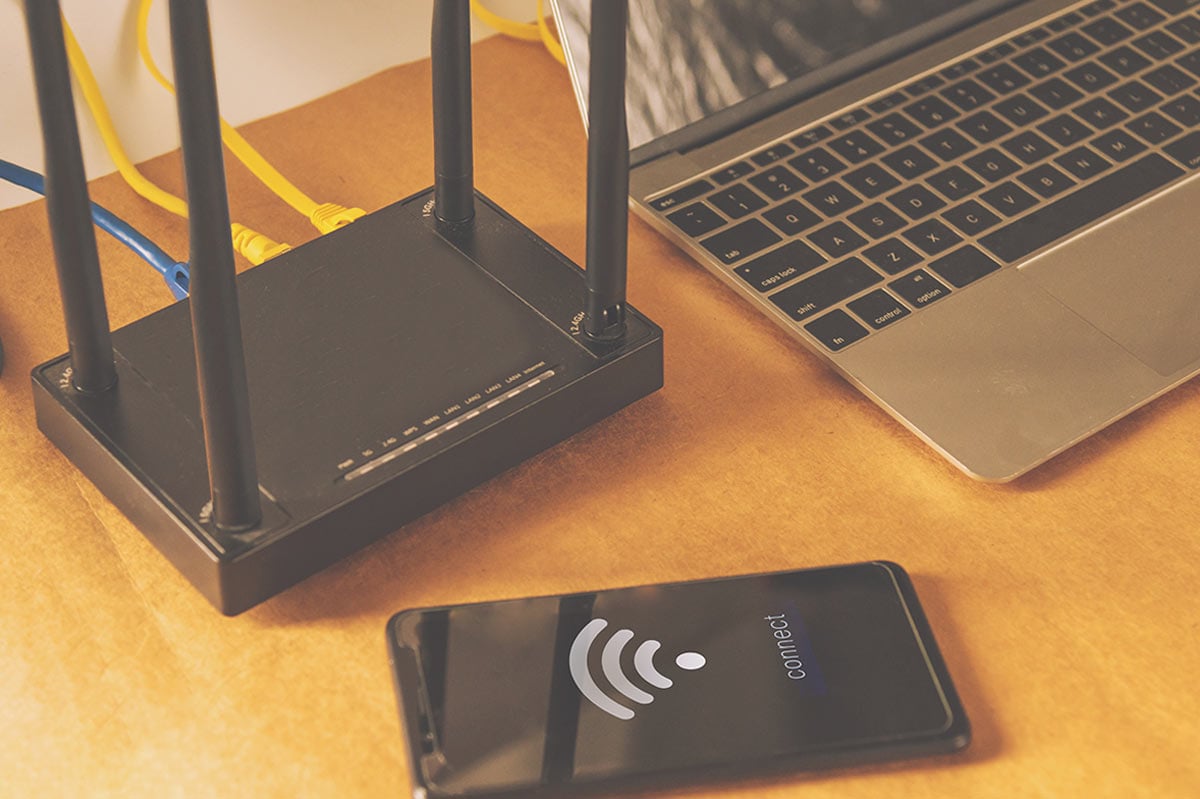How can I see who is connected to my wifi network?
Table of Contents

Securing a home or office’s Internet connection is more than an obligation today. The stakes are high. For this reason, knowing how to see who is connected to my wifi network and the steps to expel them is handy
Can a hacker-like neighbour take you to his lordship and make your life miserable by stealing your wifi network signal? The answer is yes. If you poke around the Internet, you’ll find some disturbing examples, such as a man in Buffalo who had a nightmare experience because of the wanderings of a neighbour, John Lucchetti. Protecting the home network is a measure that no one should do without. The next question is obvious: How can I see who is connected to my wifi network?
In this article, we will help you understand why you should shield your home or office network, who could be taking advantage of your megabytes and what you should do to remedy the problem.
Why should I know and regularly monitor who is connecting to my wifi network?
The most obvious answer is that the wifi network is most likely not giving you the performance you are paying for. If third parties are exploiting it intensively, the most normal thing is that the wifi slows down, and the series you watch in a couple stops more times than the subway.
This is much less serious than the possibility of sitting in the dock like that man in Buffalo. The reality is that when someone steals someone else’s wifi network and thus uses the IP of the actual owner, it could be used to venture into illegal activities.
To carry out mass mailings, phishing attacks or attacks to other pages that they want to knock down, download pornography as in the case of Luchetti… Even to use that IP as a jumping-off point to another network to hide a trace. This is often an unmistakable sign of illegal activity on the Internet.
Indeed, there are already judgments that make it clear that the appearance of an IP is not an identifier of a crime, but no one will spare you the trouble. Statements to the police and judges, the need for legal advice… You will come out of it all right if you are accompanied by a professional, but no one will spare you from the ordeal.
Ultimately, and beyond the commission of crimes and other irregularities, monitoring who is connected to my wifi network is not superfluous to control the proper use of the Internet. An example? A mother or father with several children can thus monitor whether or not their offspring are connected in the early morning hours when they should be resting for exams the next day.
How or through what tools can I determine who is connected to my wifi network?
There are multiple options for determining how I can see who is connected to my wifi network. Here are some of the most commonly used:
Router
First, access the router and check which devices are connected to the wifi network. Through this option, we can access all the network information and manage the legal and illegal connections.
The first step is to access the default gateway, usually 192.168.1.1.1. This address and the access credentials are usually on a label underneath the router. Once the user and password have been entered, access the DHCP options, the network service automatically assigns an IP to each router user.
This is where you will find the list of connected devices: name of each device, IP and MAC addresses… If you see any unfamiliar ones, you may suspect something strange is happening at home.
Lan scanners
These are tools that allow you to see other connected devices. They usually do not allow you to determine whether the connection was made via cable or wifi. In the latter case, if the router keeps the client isolation option enabled, the scan will likely not work.
These tools usually operate from a cell phone or PC, sometimes even from both. However, some of these tools perform a general scan and does not distinguish whether the user is connected via wifi or cable.
The Acrylic wifi Analyzer option
Compared to these more fundamental solutions, Acrylic wifi Analyzer allows you to see who is connected to your wifi network quickly and intuitively. Suppose the user also resorts to the analysis in monitor mode, which our wifi Sniffer supports. In that case, the information is much more complete since the list of clients is displayed in real time with the signal strength level.
Why is this option so useful? Mainly because it allows the user to be physically located. From there, it will be as simple as scrolling and checking if the RSSI increases or decreases. If it is zero, it will mean that the signal is very high and has power, but if it approaches -100, it will have a tiny signal and be farther away. In other words, it is more likely that this user is stealing your wifi signal.
What steps should I take to identify and remove these unknown devices from my wifi network?

Whether you use a LAN Scanner or Acrylic tool to see who is connected to your wifi network, the goal is to get the Mac addresses of each device connected to that network. With the unique identifier that names a network card or device.
Once the connected users are located, we will identify each of them to see if we know them. If a name is unfamiliar to us, it will be beneficial, for example, to use the RSSI to determine the signal and see if any of them are within the network in an abnormal radius.
All in all, when performing this analysis, it is essential to understand that within a home or office, there are more and more connected devices. A Smart TV, a kitchen robot, an IoT device…
Researching which user or gadget corresponds to that MAC address will be critical to avoid expelling someone or something that does not correspond to the network.
It is also a good idea to check the frequencies of our wifi network, especially those that are more recent and less intensely used. The 2.4GHz is the oldest in this group, and IoT and home automation devices are likely connected there. On the other hand, smartphones, computers, and more current devices should appear at the 5GHz frequency.
Finally, the 6GHz frequency is the most recent, so you should only find some of the latest-generation mobiles and computers in that range.
With all the information in hand, the next step is to change the network name and password to expel those stealing your signal. The ideal would be to raise the security level of your network. However, we know that, sometimes, this step is not easy because of the coexistence at home with specific old devices that need the Internet to operate and do not support security updates.
Six ideas to protect your wifi network
Knowing how I can see who is connected to my wifi network can be very useful when I see that my Internet connection is starting to fail. But before going to that extreme, the proper thing to do is to implement a series of good practices. Here are some recommendations:
-
- Check the users of your network periodically.
- Inventory all your users with a name you are familiar with to avoid having to remember Macs and prevent errors.
- If your wifi connected devices don’t need to interact with each other, enable client isolation. This protocol isolates a device connected to a wifi network from the rest so that it cannot interact with the different clients.
- Avoid using 2.4, 5 and 6GHz frequency bands you do not need.
- Select the highest security level supported by the router. Lowering the levels makes your network more vulnerable to attacks, allowing someone to use your connection.
- Give your network (or networks) a random name so it is not easy to identify. Designating your wifi network as “Familia Fernández” or “Martínez Asociados” may not be appropriate if you want to safeguard the integrity of your connections and your information.
In conclusion
It is very likely that, at some point, your wifi network will be subject to an assault by a third party. And what is worse is that behind this operation are hidden disturbing illegal activities. Knowing how to see who is connected to my wifi network and understanding the steps and tools to expel them is not at all superfluous.
That said, the most advisable thing to do is to understand that your digital micro-universe needs adequate protection to avoid intruders and vulnerabilities. An adequate security strategy based on prevention and appropriate tools will save you a lot of trouble…
